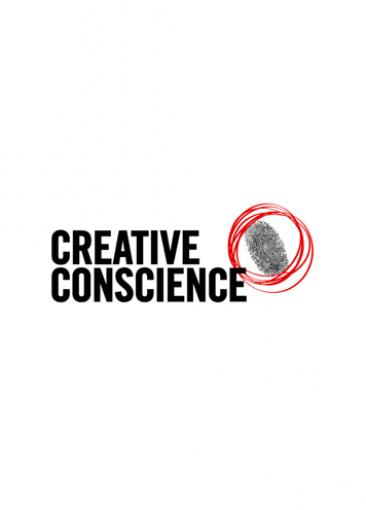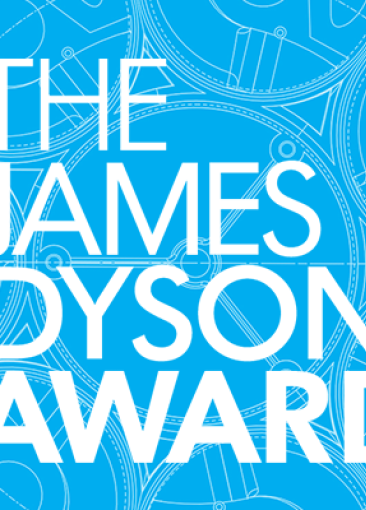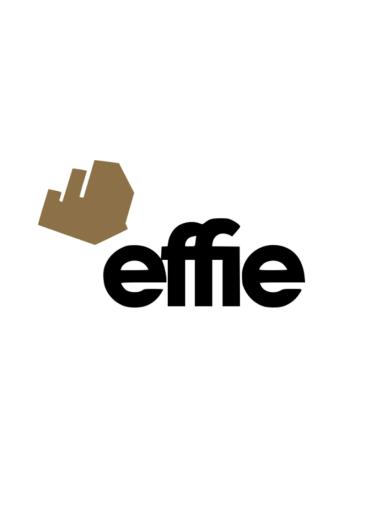The chapter explores a film interpretation of T.S Eliot’s 1922 poem The Waste Land which the author completed with students and staff from LASALLE College of the Arts, University of the Arts Singapore. It analyses the dizzying array of choices and potentialities that came with translating the poem into a cinematographic form.
This article discusses the evolution of jazz guitar fingerings through three different approaches to navigating chord changes: vertical, horizontal, and diagonal. It explains the early limitations of vertical fingerings and how it was improved with the advent of the horizontal approach, evidenced in the jazz world by Pat Metheny in the 1970s. It also looks at how Kurt Rosenwinkel introduced diagonal fingerings to the broader jazz audience in the late 1990s. This article explains these three fingering styles and provides examples and a pedagogical guide for their study.
This case study explores the approach by LASALLE College of the Arts to blending digital and physical arts education in Singapore. Proving the institution’s adaptability during the pandemic, LASALLE successfully integrated digital learning platforms while preserving the immersive nature of arts education. Key initiatives include technology integration through Collaborative Online International Learning (COIL) projects, hybrid teaching methods and more recently, the exploration of generative AI as a collaborative tool.
This study investigated the efficacy of Virtual Reality (VR) in reducing Foreign Language Anxiety (FLA) and improving public speaking skills in English language learners. Using Oculus Quest 2 headsets, fifteen participants engaged in four two-minute presentation exercises across two sessions in VR environments that varied in audience size and ethnic composition. These settings facilitated interactive presentations, enabling participants to receive feedback from virtual audiences.
This article asserts that there are current trends in the practice and training of art therapy that are influenced and inspired by technologies, space, and art. Culture enriches these intertwined constructs demanding that practice and training are duly informed, especially within the contexts in which these are applied. The article is consolidated through a practitioner-based reflective account of the author’s experience of leading a weeklong overseas trip with postgraduate art therapy students from Singapore to Bali, Indonesia.
Featuring 50 personal artwork collections by 50 local artists, this catalogue by Comma Space 逗号空间 accompanies the exhibition ‘Artist as Collector,’ which explores the relationships between the artists and their peers in Singapore. Through archiving the personal stories of how an artwork has been acquired by a fellow artist, the book offers a unique view of art about life.
Actor Training in Anglophone Countries offers a firsthand account of the most significant acting programs in English-speaking countries throughout the world. The culmination of archival research and fieldwork spanning six years, it is the only work of its kind that studies the history of actor training from an international perspective. It presents the current moment as crucial for student actors and those that teach them. As the profession continues to change, new and progressive approaches to training have become as urgent as they are necessary.
Citation:
Lay, Ronald P.M.H. ''Beads, bees, glitter and perversion: Forensic art therapy with older adults.'' Arts therapies and sexual offending, edited by Simon Hastilow, and Marian Liebmann, London, Jessica Kingsley, 2021, pp. 179-194, ISBN / ISSN: 978-1787750647.
This book shows how art therapists can use found objects in their work with clients. Found objects can be a highly affordable, imaginative and creative way of working, and are particularly effective when working with marginalised populations and clients who have experienced trauma. This edited collection contains chapters from a wide variety of contributors from around the world and covers a vast array of topics, including the use of found objects in clinical settings, community and art practice, pedagogy and self-care.
Citation:
Wong, Daniel, and Ronald Lay. ''Found Objects in Art Therapy Pedagogy: Significant Trajectories of Our Practice.'' Found Objects in Art Therapy: Materials and Process, edited by Daniel Wong, and Ronald Lay, London, Jessica Kingsley Publishers, 2021, pp. 231-249, ISBN / ISSN: 9781785926914.



